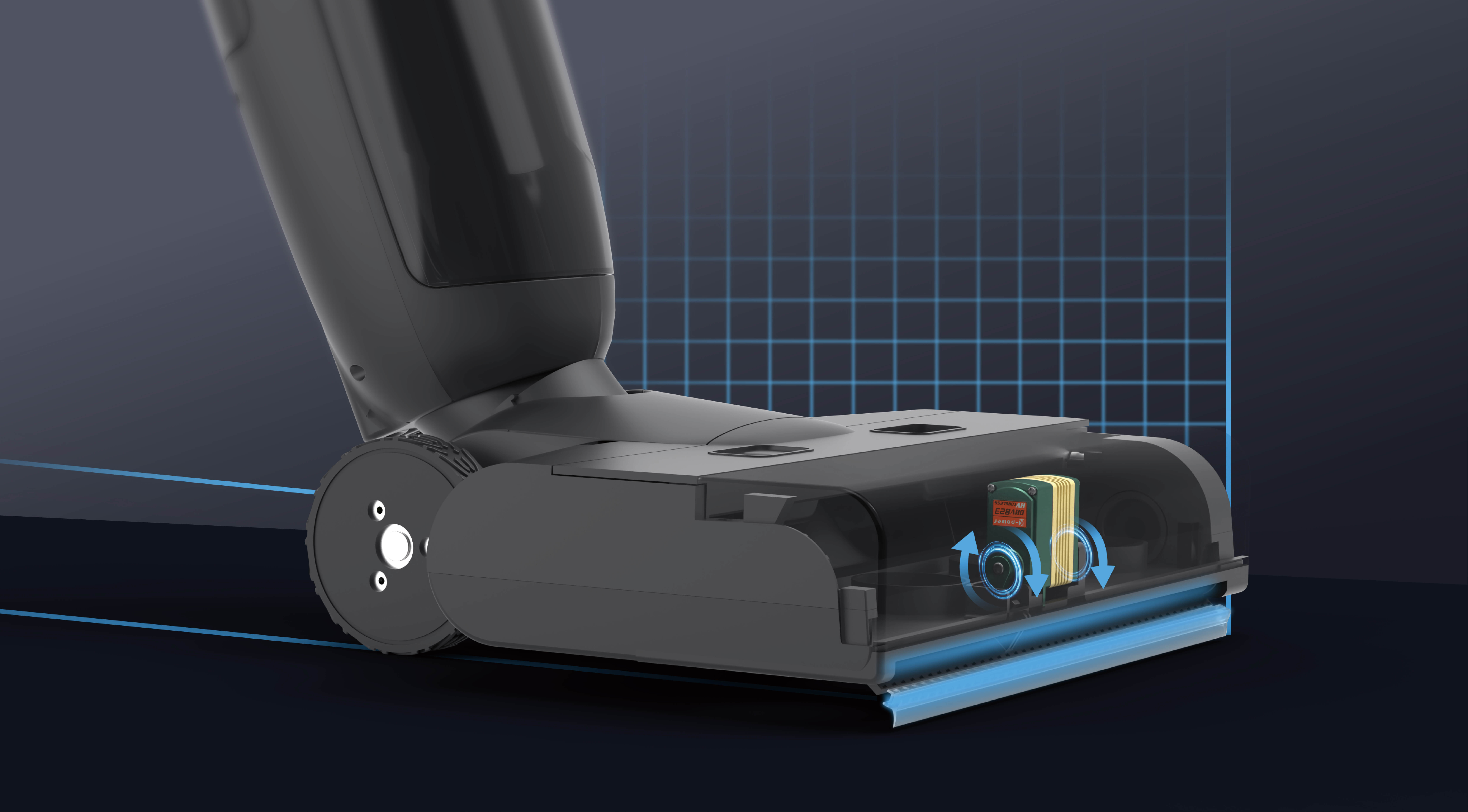Microservices sound like the bright shiny thing in the tech world, right? But underneath that glossy surface, there are some real pitfalls. You might ask, "Why shouldn’t I jump on the microservices bandwagon?" Well, let’s peel back the layers a bit.

First off, imagine managing a jigsaw puzzle with hundreds of tiny pieces. Microservices do exactly that—break your app into many small, independent parts. Sounds clever until you realize keeping all those pieces aligned becomes a headache. It’s not just about writing code; it’s about orchestrating communication, ensuring data consistency, and keeping everything running smoothly. The more parts, the more chances for things to go awry.
Nobody talks enough about latency. When you split everything into microservices, each request might need to hop across servers or data centers. Ever noticed how your streaming video buffers suddenly? It’s a bit like that. Extra network calls and internal communications translate into delays, which can frustrate users expecting instant responses. The complexity of tracking down issues magnifies too—if one tiny piece isn't playing nice, the whole system could shake.
Then there’s the challenge of deployment. Microservices promise faster updates, but it doesn’t mean it’s automatically easier. Managing multiple deployment pipelines, ensuring updates don’t break dependencies, and rolling back when needed—these are tricky dance moves. Sometimes, what feels like a step forward turns into a stumble, especially when your team is not used to such granular control.
Testing gets tangled as well. Single functionalities become harder to validate in isolation and then together. You can’t just run one test; you need comprehensive integration tests. Think about coordinating a band with dozens of instruments—if one isn't tuned right, the whole performance suffers.
And let’s not forget—costs can balloon unexpectedly. More servers, more monitoring tools, more development time. Some companies underestimate just how much overhead is involved in maintaining a multitude of microservices. It’s like running a city’s public transportation system versus a single bus route—it seems simple until the volume increases.
So, if you're wondering, “Is microservices really the best for us?” consider what you need. For a startup aiming for rapid, small adjustments, it could be perfect. For a company with complex legacy systems or limited resources? Maybe sticking to a monolithic approach makes more sense, or at least a hybrid model.
Looking at the bigger picture, it’s clear that microservices bring an array of benefits, but they are not a silver bullet. The complexity, the increased operational costs, and the challenges in maintaining consistency can turn into a real nightmare if not managed carefully. It's about weighing those trade-offs—what gains are worth the risks? Sometimes, a cleaner, simpler structure saves a lot more trouble in the long run.
Established in 2005, Kpower has been dedicated to a professional compact motion unit manufacturer, headquartered in Dongguan, Guangdong Province, China. Leveraging innovations in modular drive technology, Kpower integrates high-performance motors, precision reducers, and multi-protocol control systems to provide efficient and customized smart drive system solutions. Kpower has delivered professional drive system solutions to over 500 enterprise clients globally with products covering various fields such as Smart Home Systems, Automatic Electronics, Robotics, Precision Agriculture, Drones, and Industrial Automation.




































